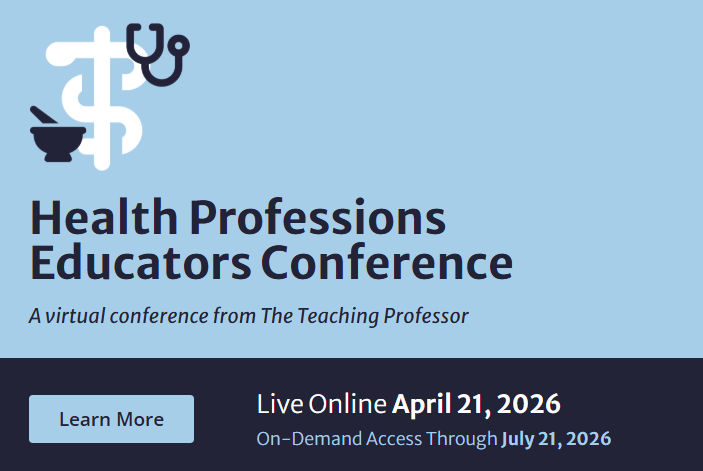A Democratic Syllabus
It was a syllabus used in a small, upper-division political science seminar, which explains the name and the question of interest to the teacher of the course. “Can giving students more power over course content enhance their understanding of democratic authority and process?”


